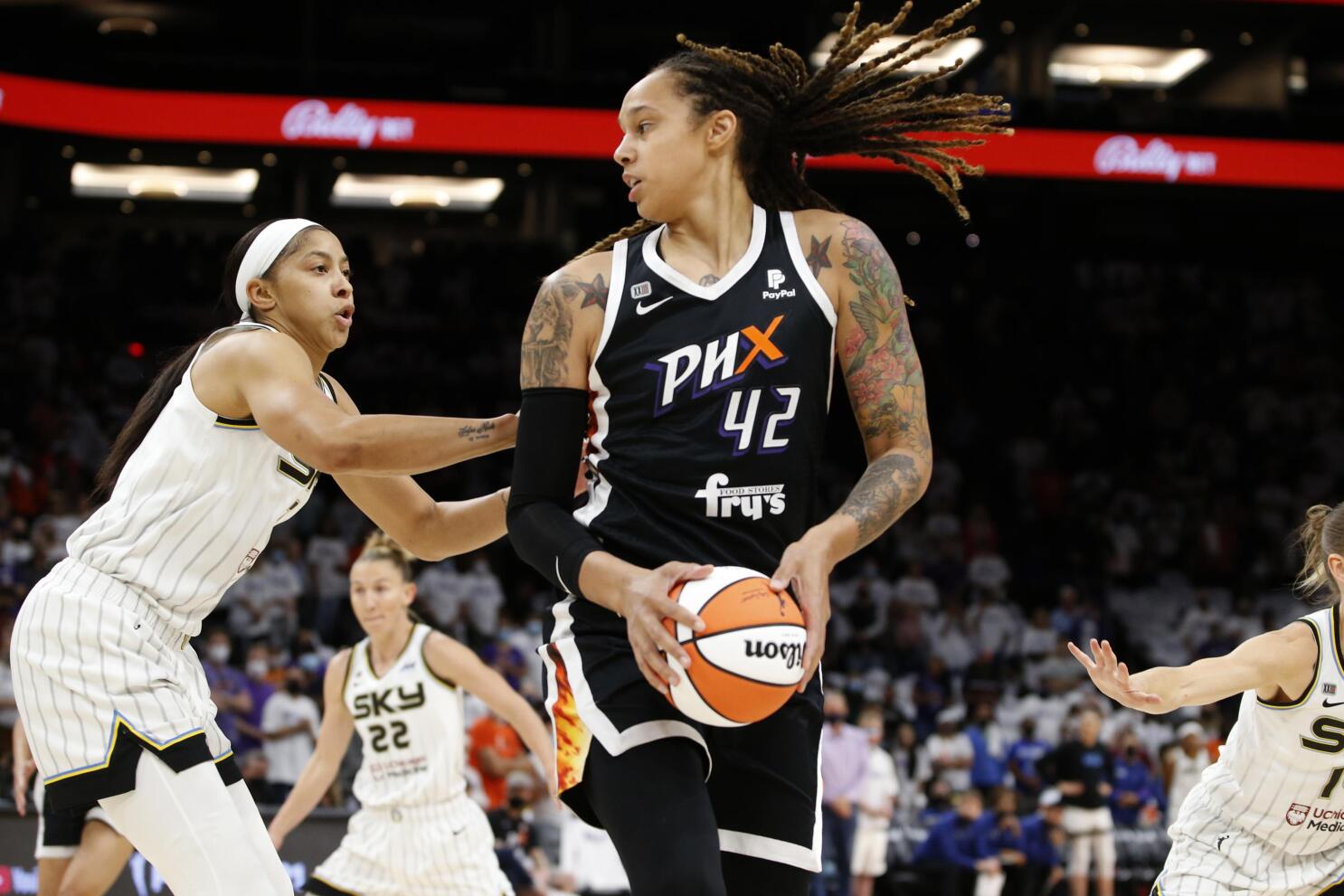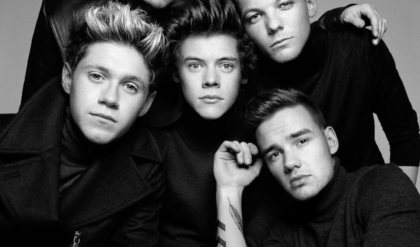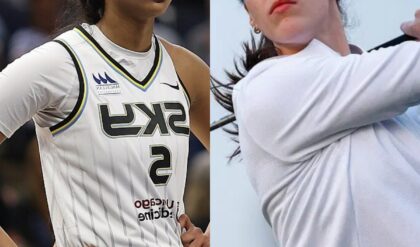As the WNBA season winds down, many players are making the leap to overseas leagues for the off-season. This movement raises questions about the future of these athletes in the WNBA, especially in light of the ongoing issues regarding player salaries and working conditions. Gabby Williams, a standout player for the Seattle Storm, has voiced strong concerns about the league’s treatment of international players, highlighting a critical need for the WNBA to reevaluate its compensation structure.

In a candid exit interview, Williams articulated the frustrations many players share, emphasizing that the WNBA’s promise of lucrative contracts is largely unfulfilled. “The W thinks that they don’t have to pay us more in order for us to be here,” she said, pointing out the discrepancies between the league’s promises and the reality for most players.
While the commissioner mentioned the potential for salaries reaching $700,000 through marketing deals, Williams firmly stated that no player currently enjoys such earnings. Instead, she pointed out that the highest-paid players earn significantly less, with many international stars opting to play in leagues where their financial worth is recognized.
Williams’s move to Istanbul to play in the Euroleague is a testament to the lucrative opportunities available abroad. Historically, WNBA players have sought out these overseas contracts during the off-season, a trend that has become increasingly common as international leagues offer salaries that often far exceed WNBA earnings. This trend isn’t new; in 2015, Diana Taurasi famously opted to play in Russia rather than the WNBA, drawn by a staggering $1.5 million contract, especially considering that the highest salary in the WNBA at that time was just $117,000.

The significant wage gap between the WNBA and the NBA only amplifies these issues. While NBA players rake in millions, WNBA salaries remain modest in comparison. For instance, Caitlyn Clark, a rising star in the league, is set to earn around $76,000 in her rookie season, with her four-year rookie contract totaling just over $300,000. This stark contrast raises questions about how the league can retain its top talent in the face of such financial disparities. If overseas teams recognize the value of players like Clark, it’s conceivable that they might extend lucrative offers that could lure them away from the WNBA altogether.
The discussions surrounding pay are compounded by the growing popularity of the WNBA. Increased merchandise sales and heightened viewership are signs of a league on the rise, yet this growth has not translated into better player compensation. The league’s revenue, which was reported to be around $60 million, pales in comparison to the NBA’s $10 billion. As the WNBA enters a new phase of visibility, the potential for higher earnings should also reflect in player salaries. However, much of this financial success has yet to benefit the athletes who drive the league’s popularity.
This year, Caitlyn Clark also took steps to advocate for her peers. Reports surfaced indicating that she suggested the WNBA provide spot bonuses to away team players, recognizing the increased revenue generated from sellout crowds. Her willingness to support other players showcases her leadership and commitment to the league’s growth, even as she herself navigates the complexities of being a young star in a challenging environment.

The future of the WNBA hinges on its ability to address these pressing issues. Players are increasingly vocal about their dissatisfaction with pay and working conditions, and if the league fails to make significant changes, it risks losing some of its brightest stars to international teams that can offer not only better salaries but also a more supportive environment. As we look to the upcoming seasons, the WNBA must prioritize its players’ concerns and strive for a model that allows for sustainable growth and fair compensation.
As the season comes to a close, the landscape of women’s professional basketball remains uncertain. Will the WNBA take the necessary steps to retain its talent, or will more players choose the financial security offered by overseas leagues? The future of the WNBA depends on its response to these challenges, and the decisions made in the coming years will shape the league for generations to come. Players like Gabby Williams are sending a clear message: to keep international talent, the WNBA must do better. The clock is ticking, and the league must act swiftly to secure its stars and foster an environment where they can thrive.





